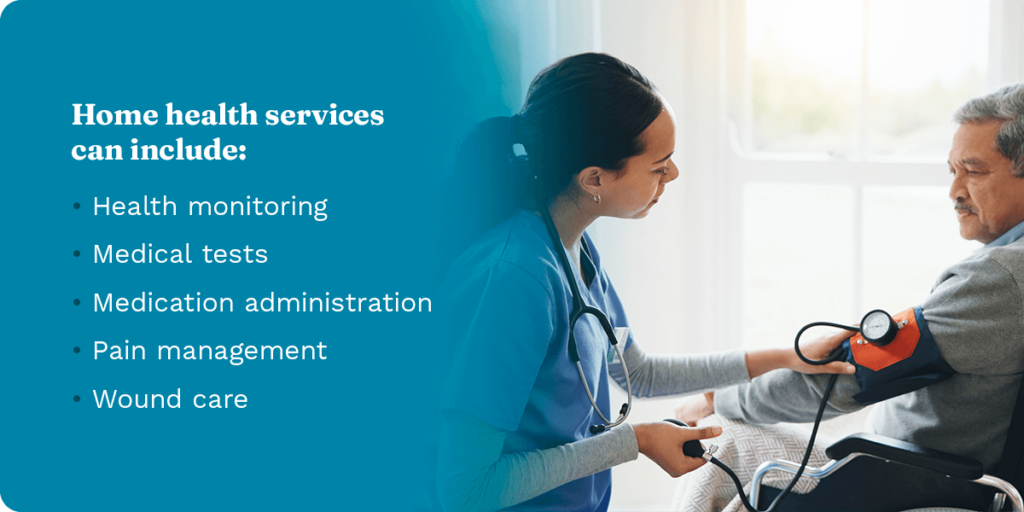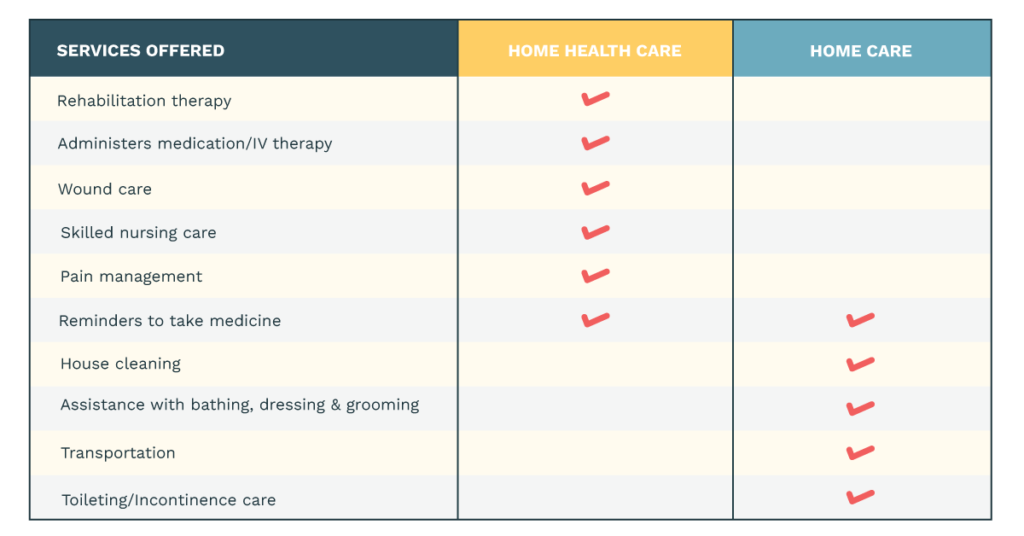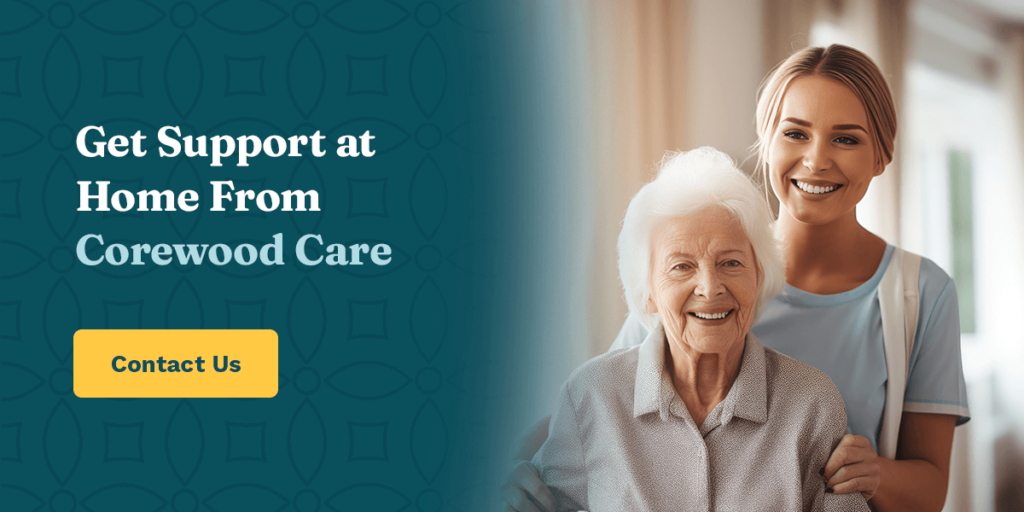June is Men’s Health Month, a time to spotlight the critical role of exercise in promoting men’s health and well-being. Regular physical activity is a cornerstone of preventive health care, offering profound benefits that extend beyond physical fitness to mental and emotional health.
The Benefits of Exercise for Men:
- Cardiovascular Health: Regular exercise reduces the risk of heart disease, the leading cause of death among men, by improving heart function, lowering blood pressure, and increasing good cholesterol levels.
- Weight Management: Combating obesity is crucial for preventing chronic diseases like type 2 diabetes, and exercise is a key component in maintaining a healthy weight.
- Mental Health: Physical activity releases endorphins, the body’s natural mood lifters, helping to reduce stress, anxiety, and symptoms of depression.
- Muscle Strength and Bone Health: Strength training increases muscle mass and bone density, which is particularly important as men age and start to lose muscle strength and bone mass.
- Chronic Disease Prevention: Regular exercise helps prevent or manage chronic conditions, including diabetes, cancer, and osteoporosis.
Incorporating Exercise into Daily Life:
- Find an Activity You Enjoy: The best exercise is the one you will stick with, whether it’s cycling, swimming, lifting weights, or playing a sport.
- Set Realistic Goals: Start with achievable goals and gradually increase the intensity and duration of your workouts to avoid burnout and injury.
- Make It a Habit: Consistency is key. Try to incorporate physical activity into your daily routine, even if it’s just a short walk.
- Seek Support: Joining a gym, finding a workout buddy, or participating in group sports can provide motivation and accountability.
- Listen to Your Body: It’s important to recognize your body’s signals and allow time for rest and recovery to prevent injuries.
Challenges and Solutions:
Many men face barriers to regular exercise, including busy schedules, lack of motivation, or fear of injury. Overcoming these challenges starts with prioritizing health and finding creative solutions, like short, high-intensity workouts to fit into a busy day or trying low-impact exercises to reduce the risk of injury.
Conclusion:
Men’s Health Month serves as a reminder of the importance of exercise in promoting a healthier, happier life for men at any age. By making physical activity a priority, men can significantly improve their physical and mental health, setting a strong foundation for a healthy future. Remember, it’s never too late to start, and every step towards a more active lifestyle is a step towards better health.




Recent Comments